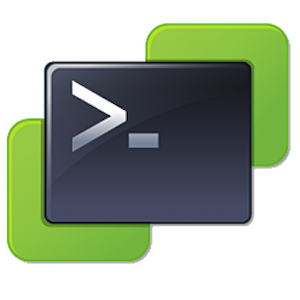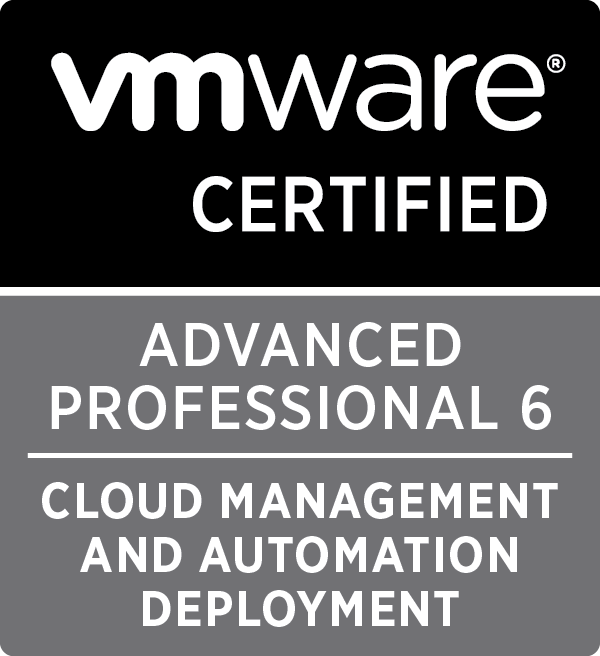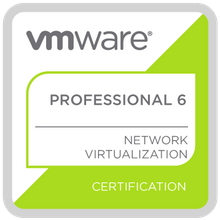Tag : VMware
Written by Christopher Lewis on May 24, 2017 .
VMware vRealize Orchestrator 7.3 is out! and the deployment and configuration process is now a lot slicker and easier to complete. In this HOWTO, we look at the the process of configuring Role Based Access Management within the Control Center.
Written by Christopher Lewis on May 23, 2017 .
VMware vRealize Orchestrator 7.3 is out! And the deployment process is now a lot slicker and easier to complete. In this post, we look at the process that can be followed for the configuration of a single standalone Orchestrator Appliance.

Written by Christopher Lewis on May 17, 2017 .
This is just a quick blog to let everyone know that vRealize Automation and Orchestrator 7.3 has been released!

Written by Christopher Lewis on April 24, 2017 .
In this post we will cover how to install PowerCLI 6.5.1

Written by Christopher Lewis on March 13, 2017 .
In this post we cover VCAP6-CMA Deploy - Objective 7.1: Deploy and Manage a vRealize Application Services Appliance.
VMware vRealize Automation vRealize Application Services VCAP6 VCAP6-CMA

Written by Christopher Lewis on March 12, 2017 .
This post is a part of a series of posts for preparation for the VCAP6-CMA Deploy exam. In this post we walkthrough how to configure a vRealize Automation 6.x Application Services
VMware vRealize Automation vRealize Application Services VCAP6 VCAP6-CMA

Written by Christopher Lewis on March 12, 2017 .
This post is a part of a series of posts for preparation for the VCAP6-CMA Deploy exam. In this post we walkthrough how to deploy vRealize Business for Cloud for vRealize Automation
Certification VCAP6-CMA VCIX6 VMware vRealize Automation vRealize Business
- Introducing the Super Metrics Repository
- Creating Super Metrics for Counting Ascendent/Descendent Object Metrics in a List View
- Creating a Custom Resource Action - Part 1: Getting Started & API Discovery
- Operating a Private Cloud - Part 3: Creating a Pricing Card in VMware Aria Automation
- Operating a Private Cloud - Part 2: Creating a Pricing Card in VMware Aria Operations


